
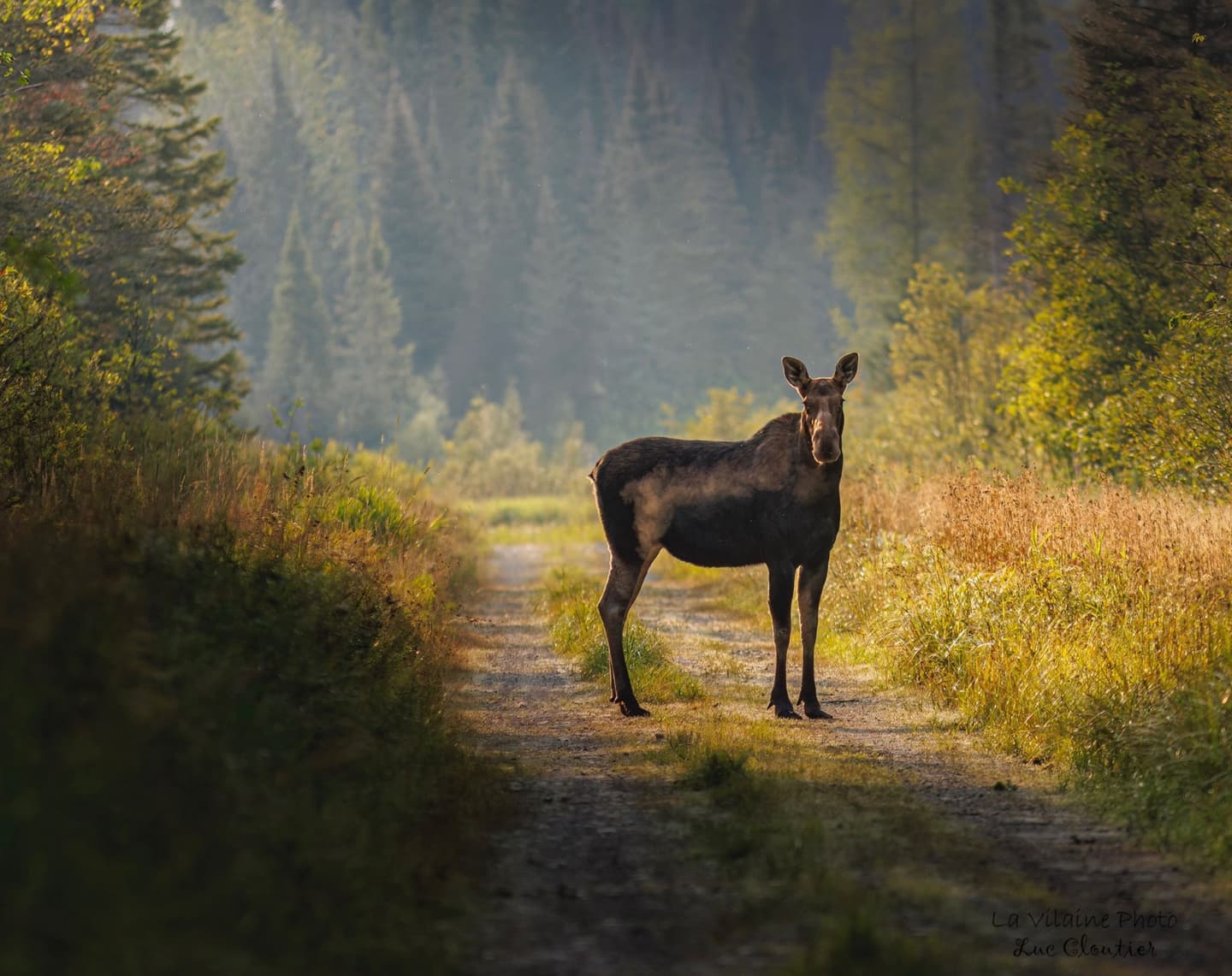
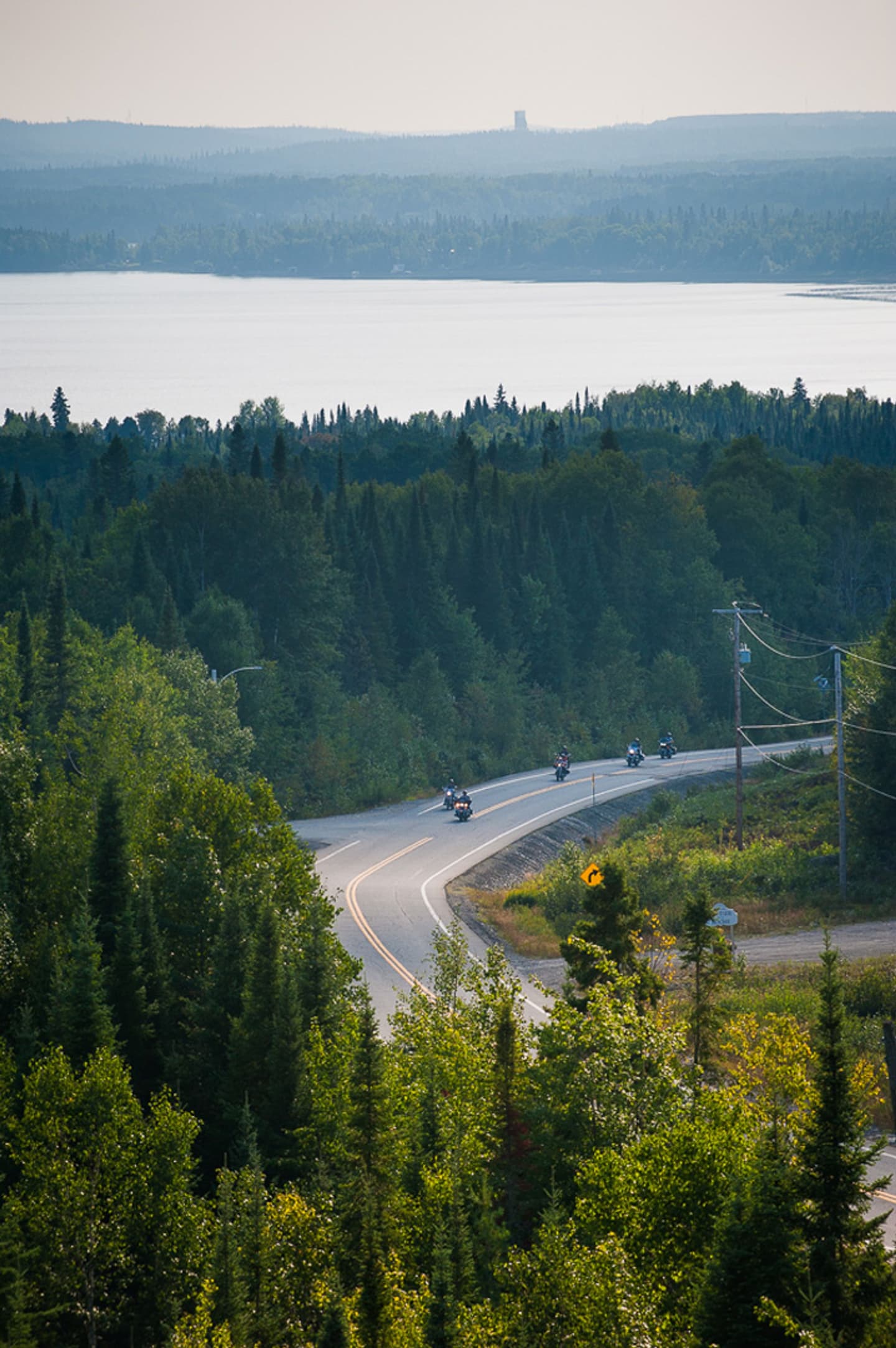

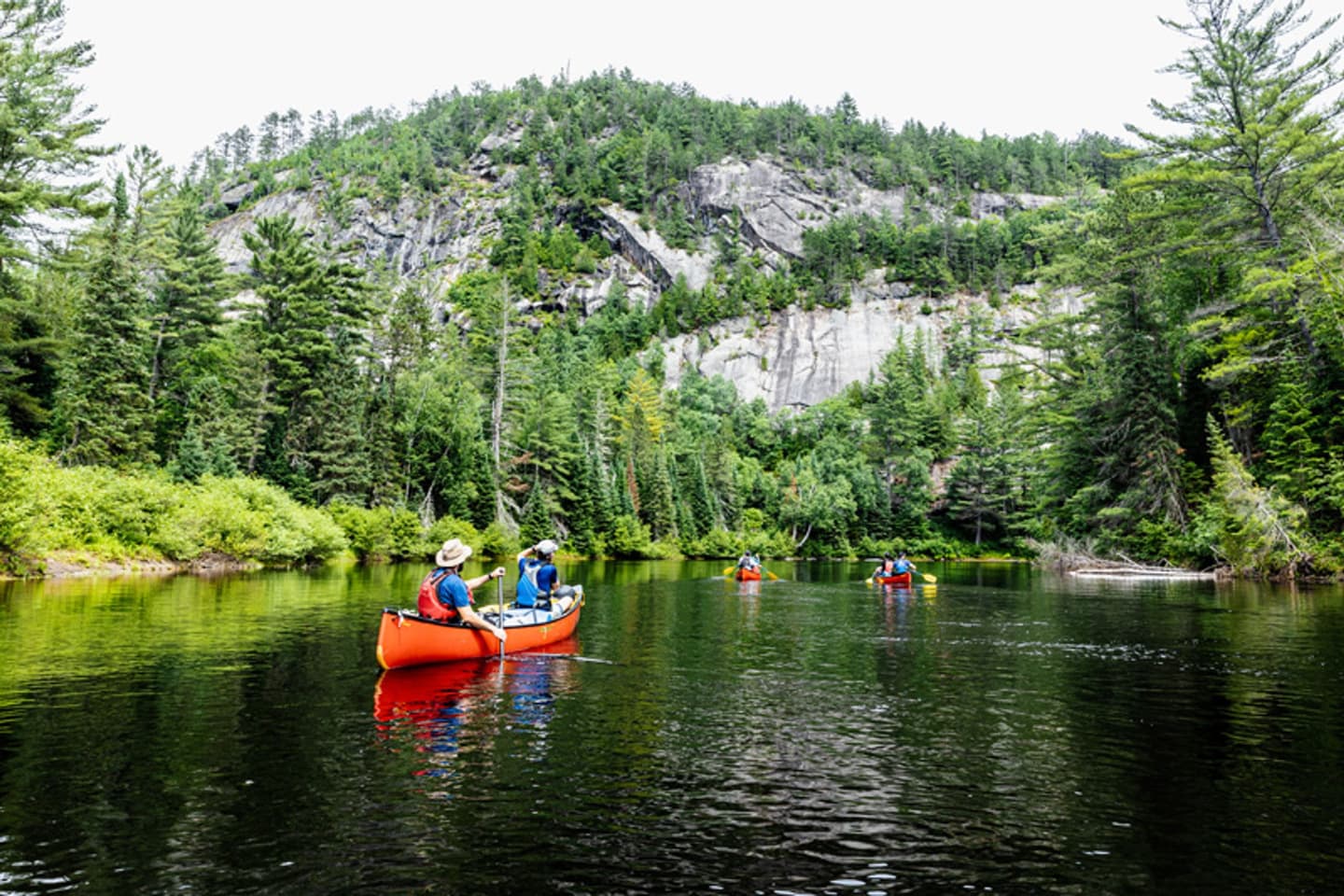


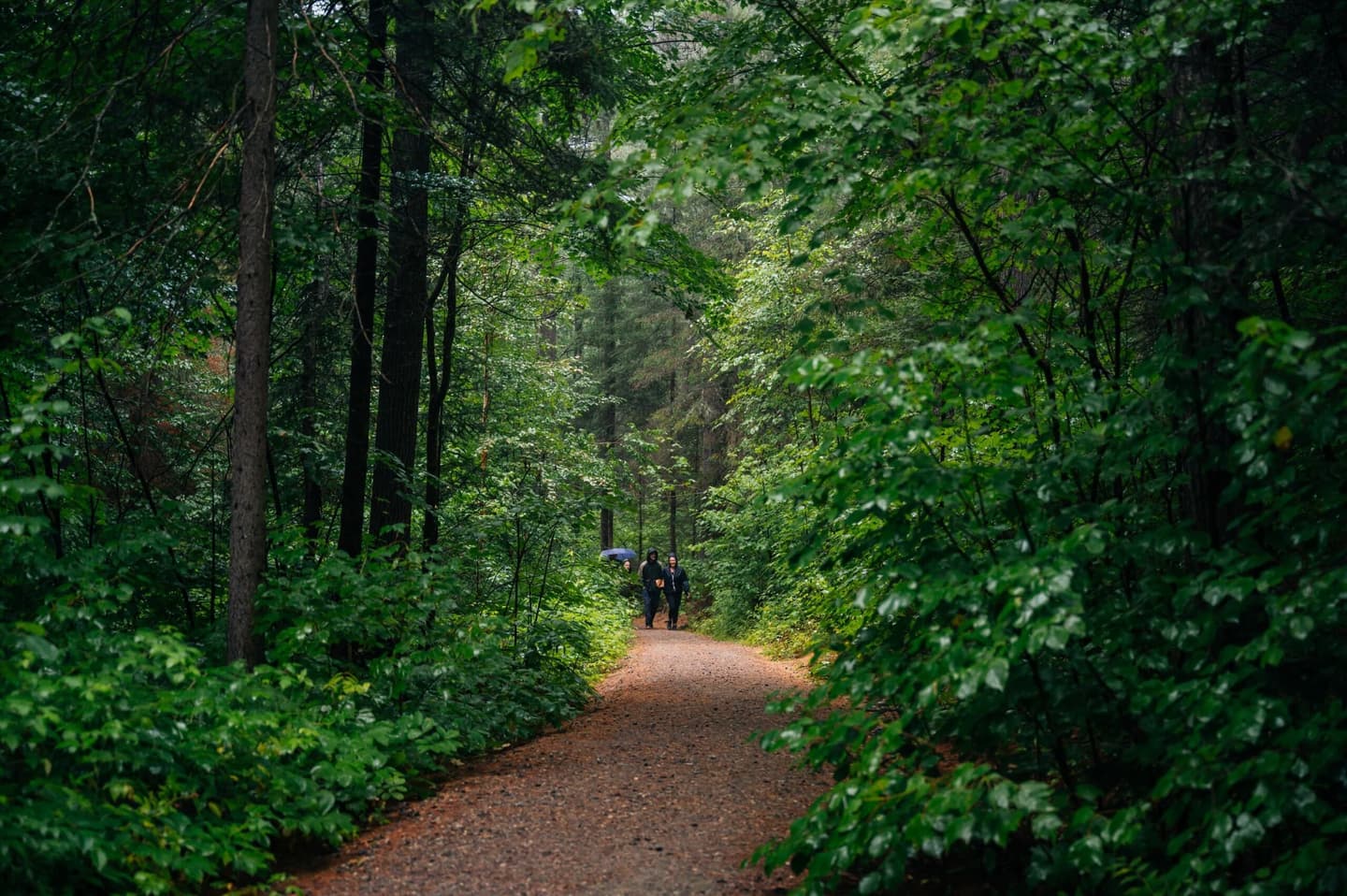
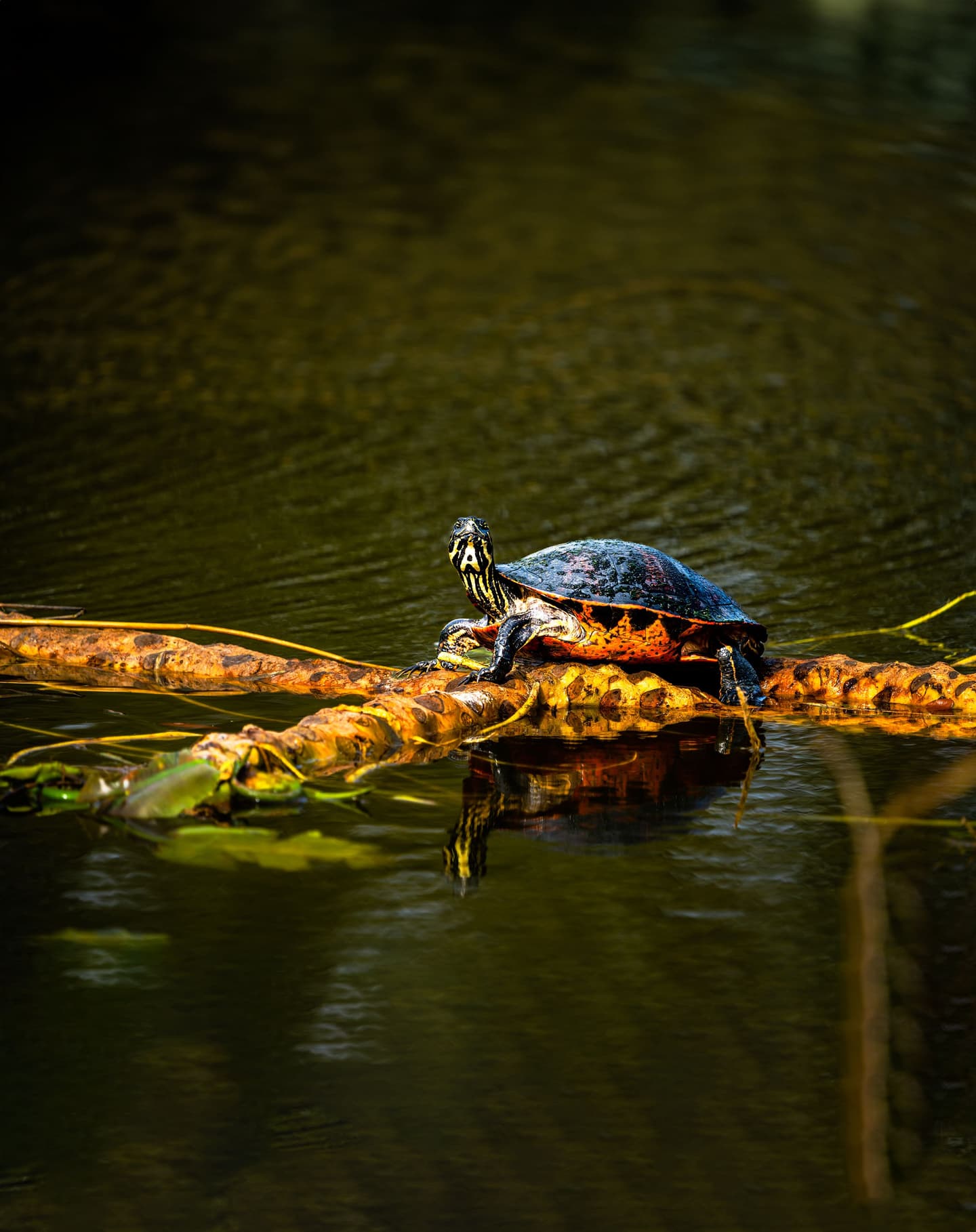

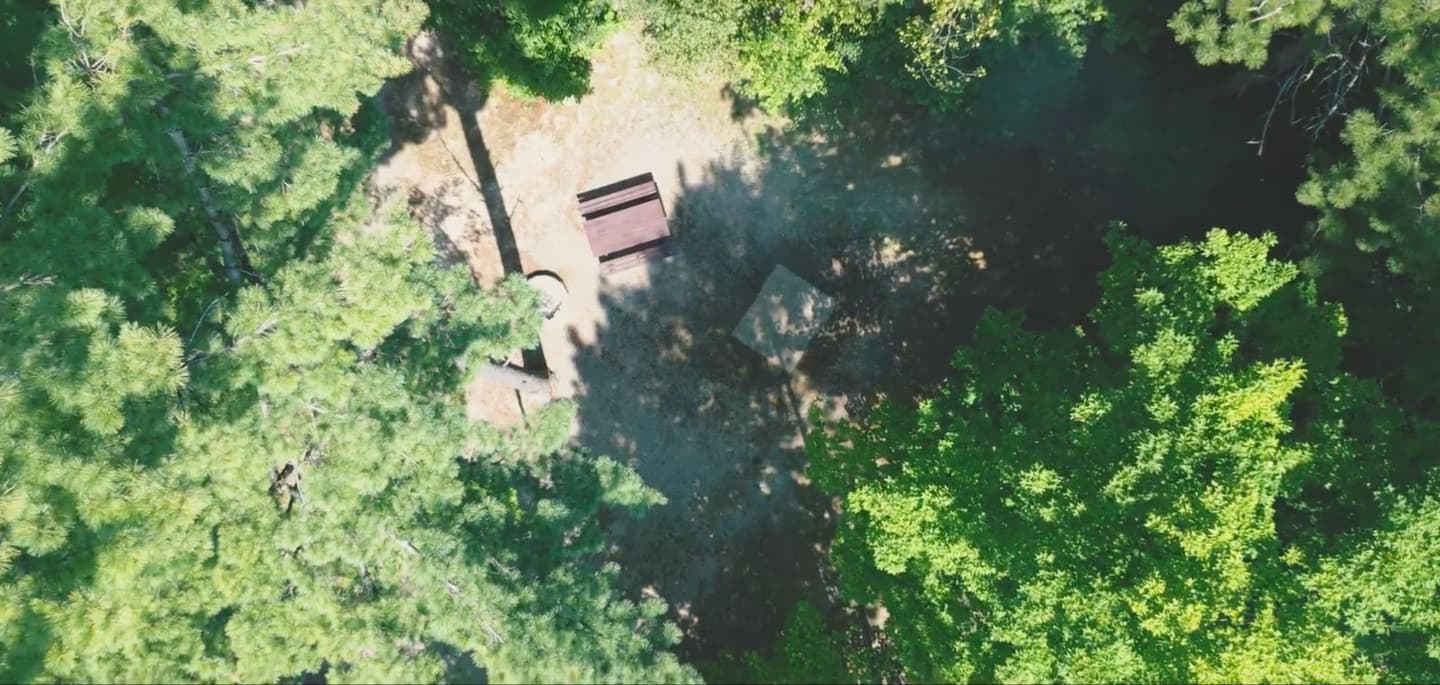
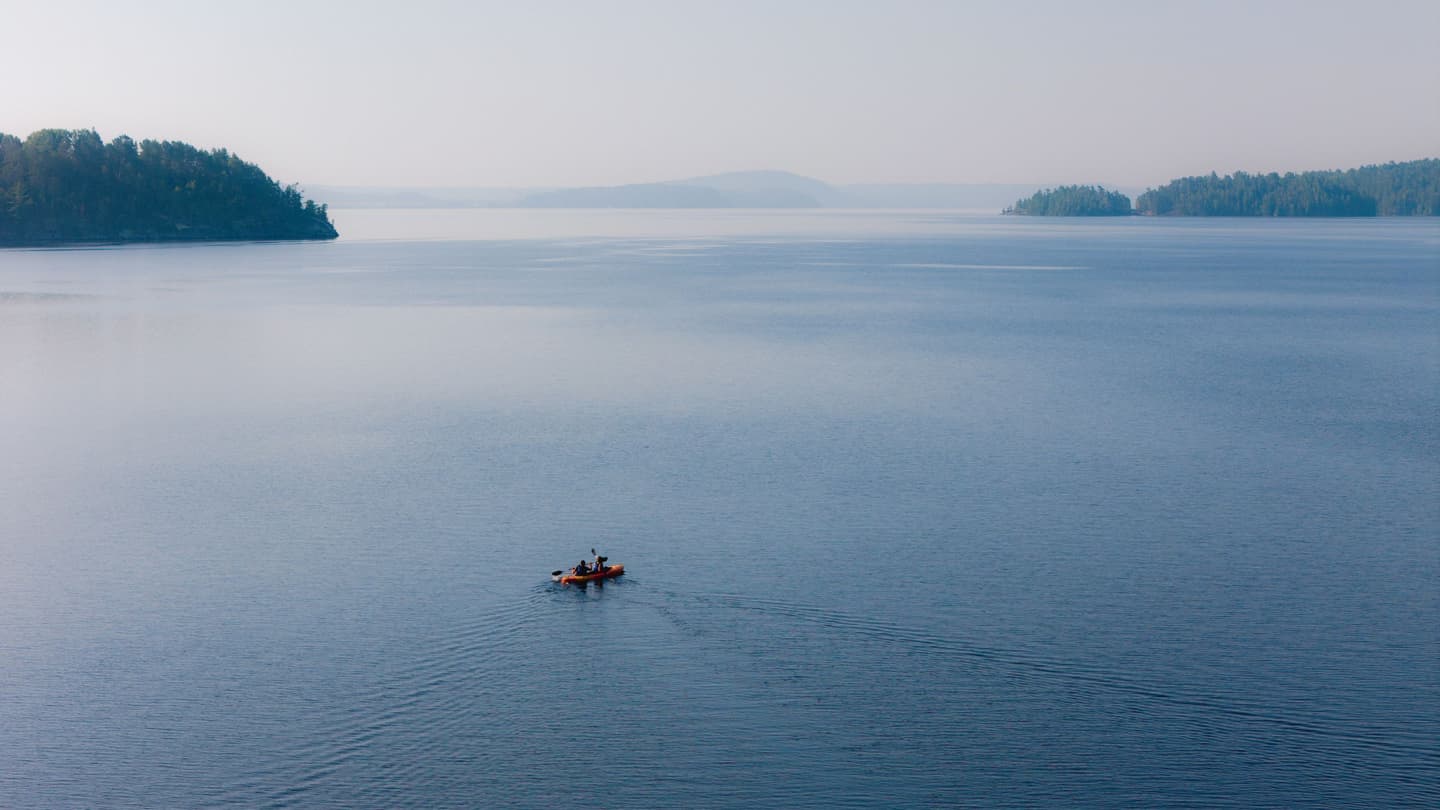










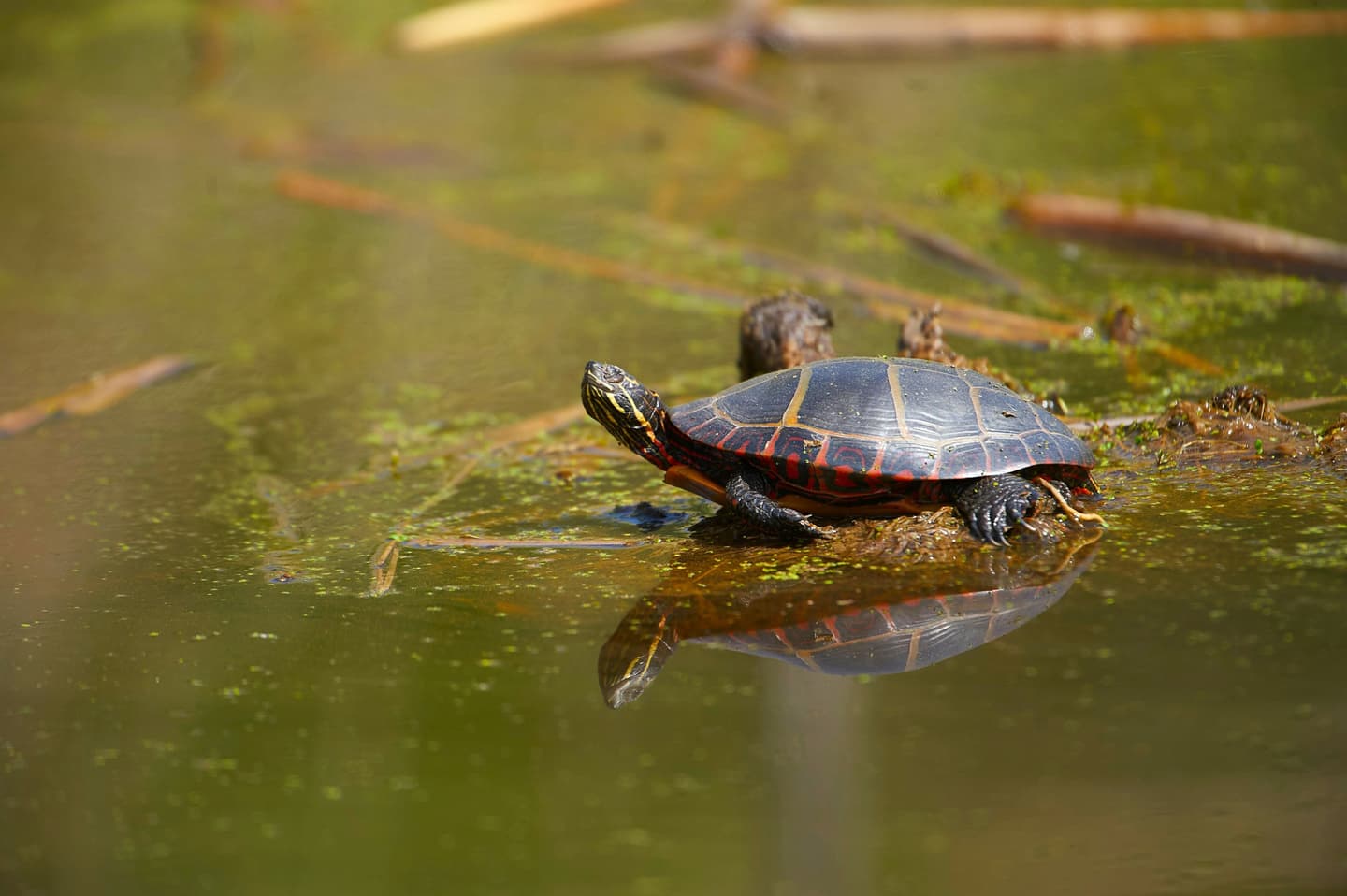
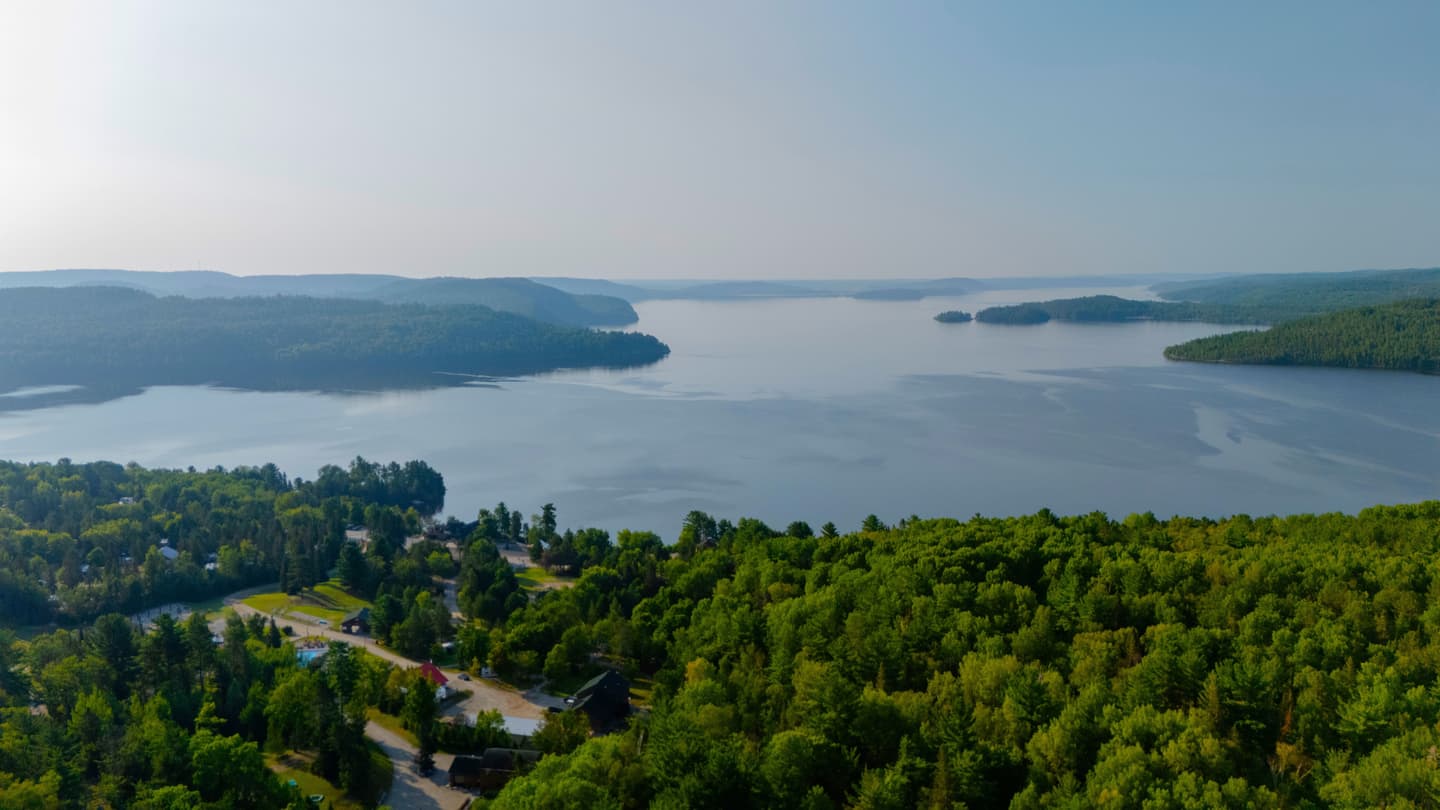
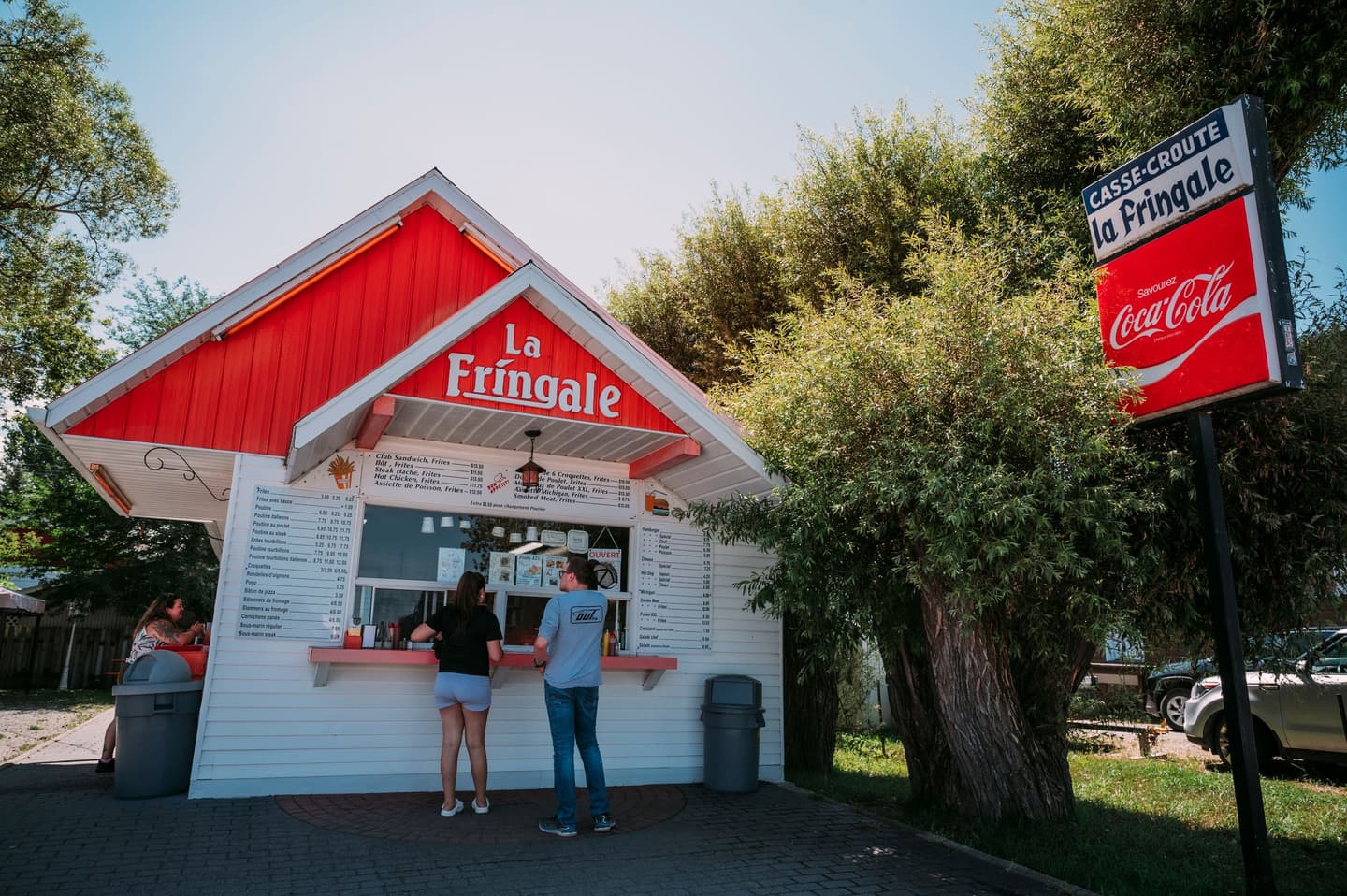
Northern Québec and Northern Ontario may be close, but research reveals surprising—and downright puzzling—differences that set them apart. Uncovering these quirks has been the life’s work of Dr. David DeValdorien.
Here, you’ll find some of his most astonishing discoveries—scientific insights into the peculiarities that make Abitibi-Témiscamingue close, but undefinably different. No need to speak French to explore the vast, majestic, yet strangely familiar land next door. Start packing. We’ll see you on the other side.

Lake Témiscamingue exhibits an anomalous linguistic phenomenon wherein its waters, when disturbed, generate distinctly francophone acoustic patterns.
This study explores the underlying biomechanical and geolinguistic forces that contribute to the lake’s fluidity in both official languages.
Studies utilizing submerged hydrophones have captured a range of unique aquatic vocalizations resulting from hydrophonetic resonance, a phenomenon wherein the oscillations of water molecules align with regionally dominant speech frequencies. In this case, low-frequency syllabic structures inherent to Québécois French are embedded into the lake’s fluid dynamics, allowing it to resonate with a distinctly francophone tonality when disturbed by wind, wildlife, or human activity.
Further research is needed to determine whether this effect is a permanent feature of the lake’s acoustic ecology, or if—more likely—the lake is simply messing with us.
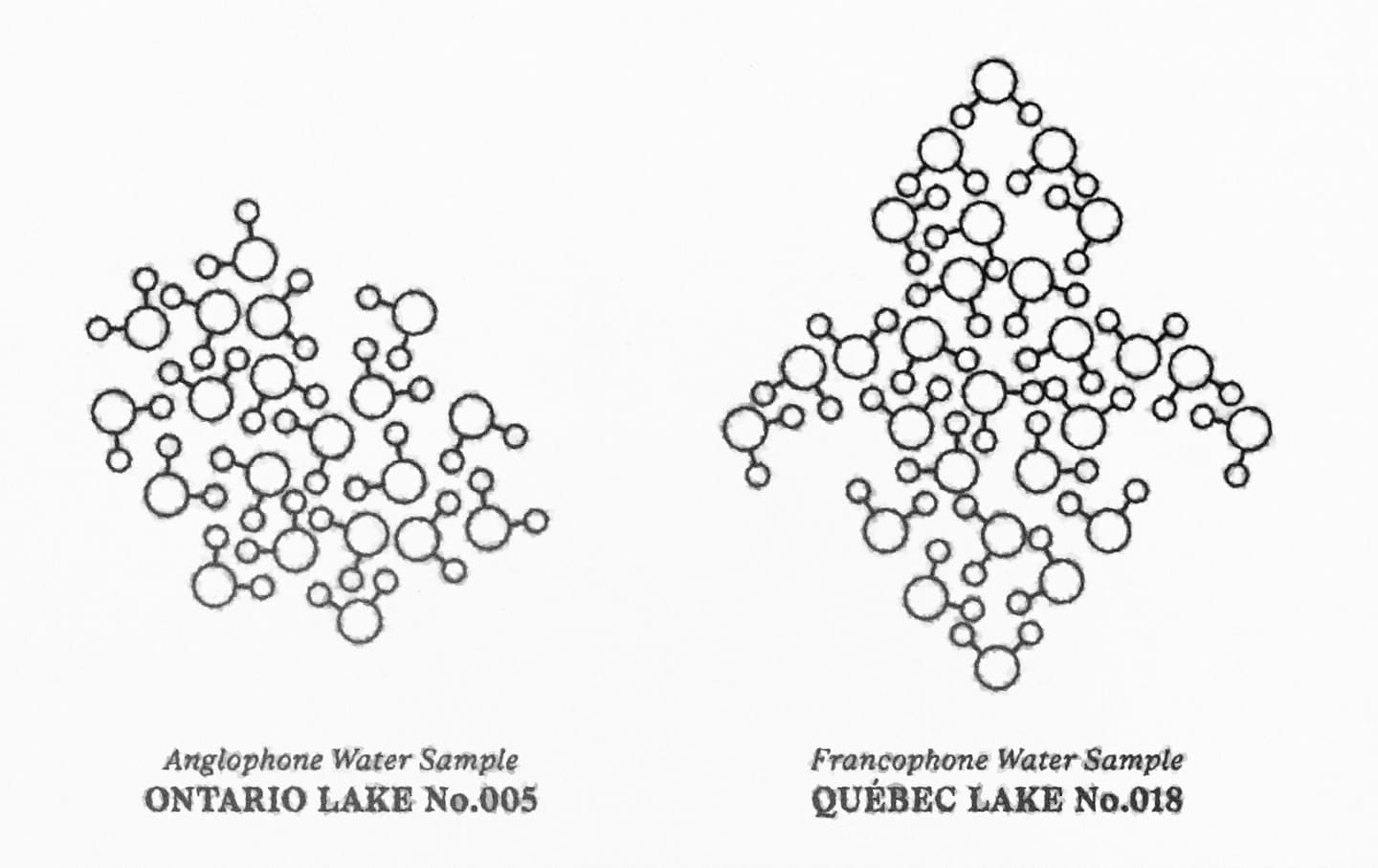

The Casse-crouteus maximus, a cornerstone of Northern Québec’s culinary ecosystem, is more than just a roadside attraction—it is an active agent of linguistic transformation.
Recent studies indicate that French fries prepared within the casse-croûte biome exhibit a 60% increase in francophonic saturation, a process now classified as Bilingual Osmosis Under Fry-Fueled Exposure (BOUFFE).
Their highly absorbent molecules retain micro-traces of regional dialect particles, subtly increasing their Frenchness. The fry vat itself acts as a linguistic incubator, where repeated exposure to high concentrations of “Tabarnak” amplify their cultural properties. Finally, within the gravitational pull of a true casse-croûte, fries instinctively lean toward the French linguistic spectrum, developing an increased resistance to ketchup dependency and an undeniable attraction to mayo.
All in all, though nearly identical in composition to their Ontarian counterparts, the French fries in Northern Québec contain 60% more French.
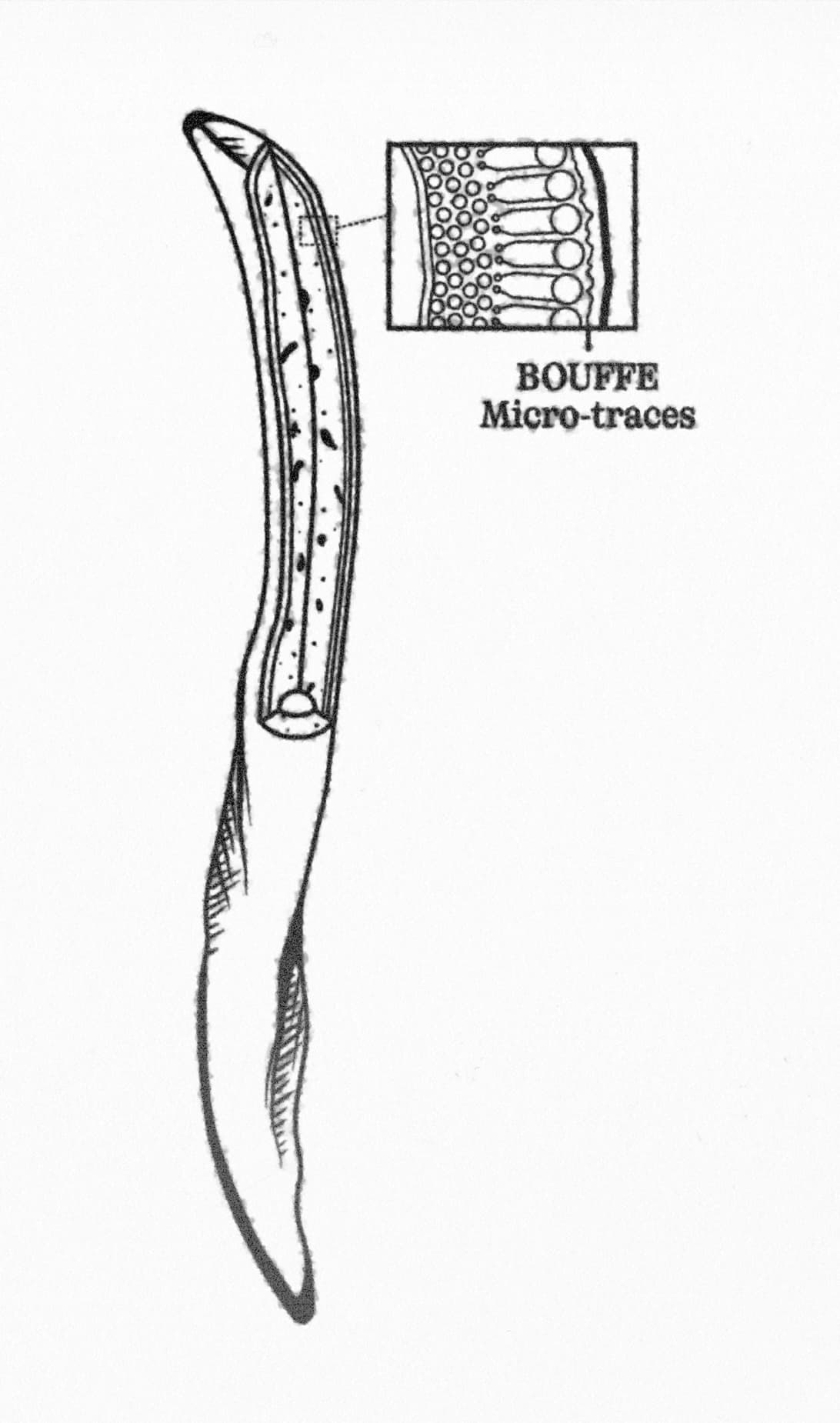

Renowned for its flamboyant shell markings, legendary longevity, and really, really chill vibes, this turtle species struts its stuff in Abitibi-Témiscamingue freshwater ecosystems.
Though it may resemble its monotone Ontario cousins, Chrysemys picta Québécus boasts the ability to articulate rhotic sounds, specifically the rolled ‘R.’ This remarkable vocalization comes from a specialized lingual morphology—an evolutionary adaptation that enhances both intraspecies communication and territorial signaling. Through the development of a hypertrophied, bifurcated lingual ridge, lined with microserrations, this turtle has perfected the art of controlled air turbulence, producing trills that echo across the pond.
A philosopher and linguist of the wetlands, this turtle plays a crucial role in local ecological discourse, offering amphibian symposiums and occasionally schooling beavers on the finer points of expressive pronunciation.
Further research on neural control mechanisms in the hypoglossal nucleus may provide deeper insight into how this remarkable reptile manages to speak with an hostie d’accent Québécois.
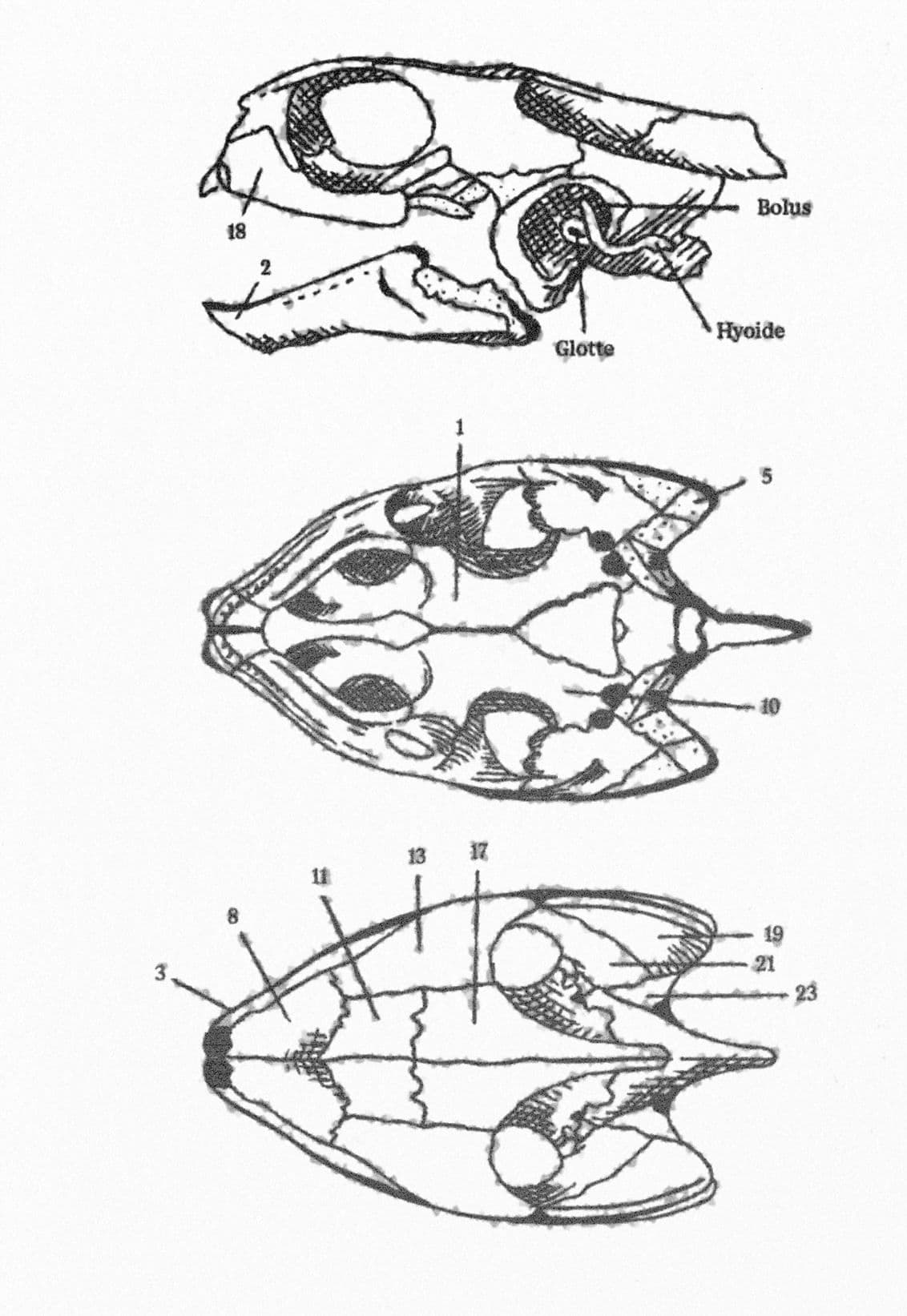

Once a year, as if summoned by an ancient rhythm, they arrive. Like cicadas emerging after a long dormancy, thousands of homo sapiens gather in synchronized migration to this very spot, drawn by a force that defies explanation.
Attempts to quantify this phenomenon have proven elusive. Migratory patterns are often dictated by food sources, mating rituals, or climatic necessity, yet here, none of these factors apply. Participants, seemingly unbound by logic, traverse vast distances despite personal obligations, economic impracticalities, and weather conditions that range from idyllic to, as locals put it, frette en titi (a technical term for “why did I pack shorts?”).
But why here? Why now? Hypotheses point to a mix of factors: a meticulously curated musical lineup, an atmosphere thick with good vibes, a precise yet unreplicable cocktail of nostalgia and novelty. But the data is clear: gatherings here are more than just festivals. They are rituals. They have a gravitational pull, a je-ne-sais-quoi so potent, so stubbornly unscientific, it cannot be bottled, replicated, or exported—though many have tried, and failed spectacularly.


Deep within the boreal expanse of Abitibi-Témiscamingue, the Explorator nomadicus thrives—an elusive yet remarkably well-adapted species, effortlessly securing premium campsites with what can only be described as supernatural ease.
Unlike its highly anxious Ontarian cousin, Explorator exasperatus, which is frequently observed frantically refreshing OntarioParks.ca at dawn while making ritualistic offerings to the reservation gods, the Explorator nomadicus moves with uncanny confidence. It drifts into lush, pristine campsites with the grace of a creature that has never known the sting of a 6-month pre-booking window.
While scientists have yet to fully explain this phenomenon, leading theories point to an ecological balance of campsite abundance, low population density, and being just far enough—allowing even last-minute campers to secure spots, a behaviour considered practically extinct by Ontario field researchers.
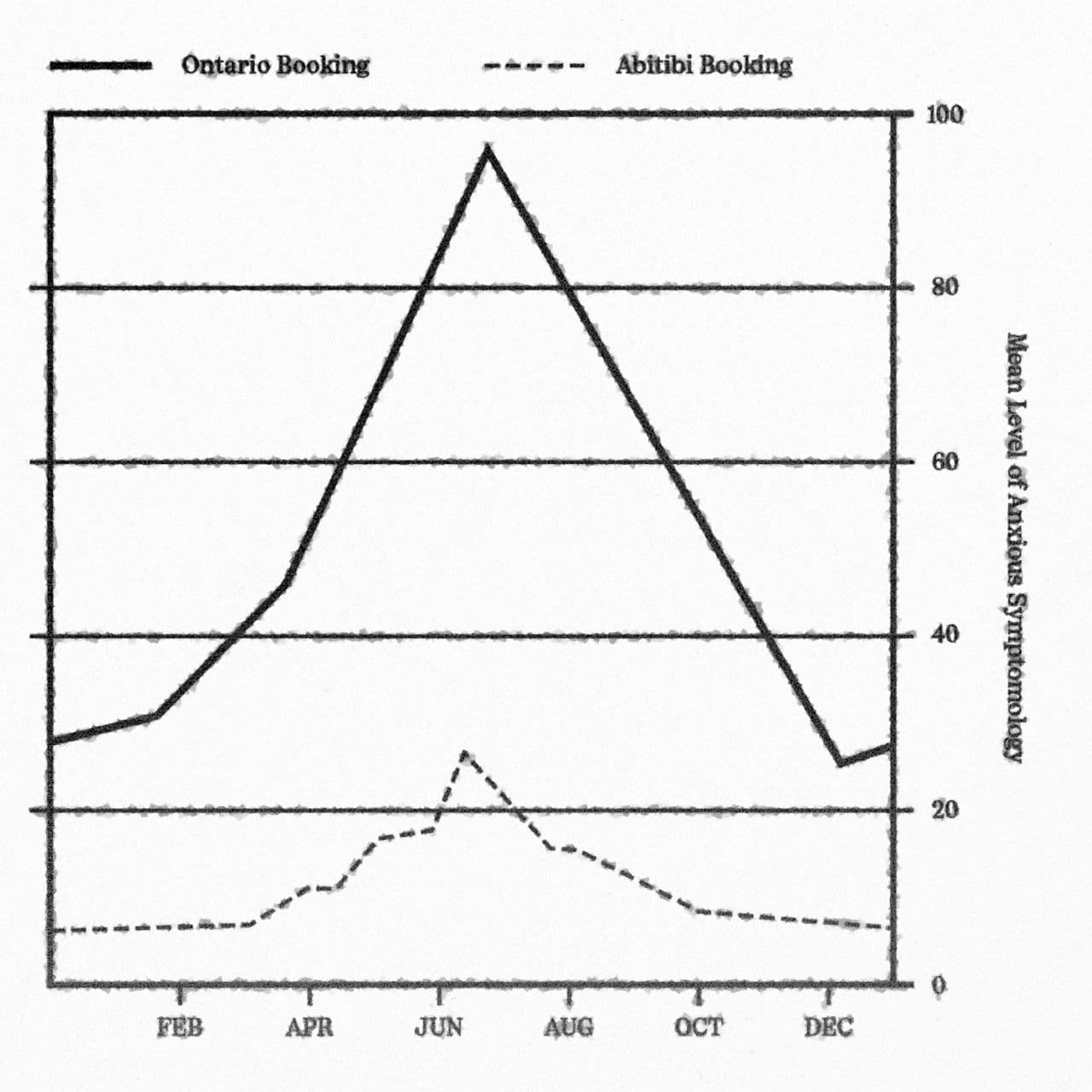

For years, researchers have sought to define what truly makes a trail 100% Québécois.
After extensive field studies, geotechnical data modeling, and careful cartographic measurements, a shocking discovery has emerged: a trail that is entirely within the province of Québec is, in fact, 100% Québécois. This is due to the fact that the trail is in Québec.
This discovery has many groundbreaking implications. If a trail were to extend 99% into Québec and 1% into Ontario, its Québécois composition would immediately drop to 99%, no more, no less. A trail that is 50% in Québec and 50% in Ontario is by definition only half Québécois. However, if a trail remains entirely within Québec, it is 100% Québécois.
This is not speculation. This is science.
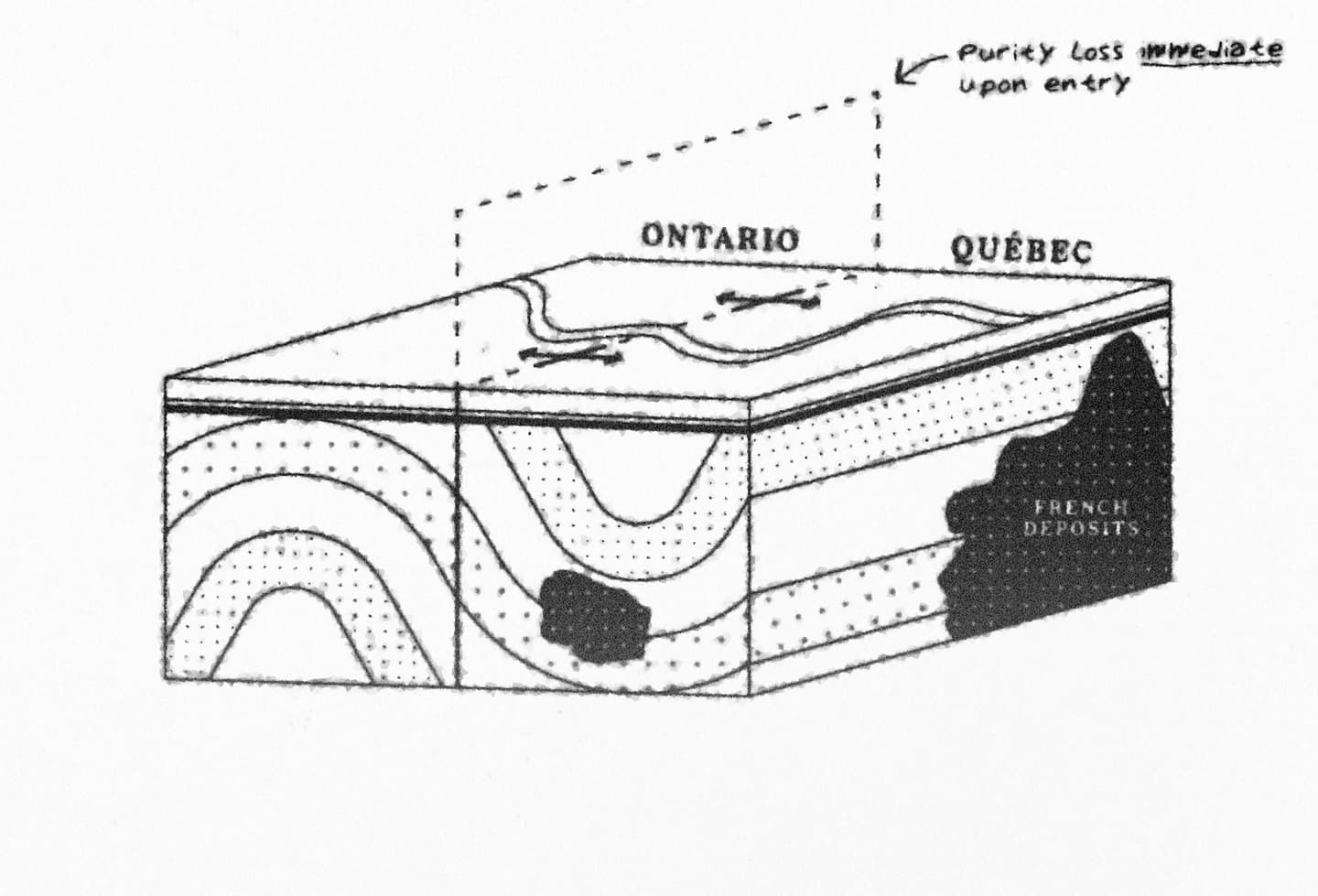
Closer than you think.
Just far enough.
Abitibi-Témiscamingue isn’t some distant, mythical land—it’s just a few hours from Ottawa, Sudbury, North Bay, and closer to the GTA than you might expect. Close enough for a weekend escape, yet far enough to feel like a true adventure, it’s where the roads get quieter, the skies get bigger, and the pace of life slows just enough to remind you why you left the city in the first place.
Whether you’re driving up from Toronto for a road trip like no other or heading north from Montreal to swap city noise for lakefront silence, the journey is part of the experience. Every kilometer brings you closer to something wilder, freer, and unmistakably Québécois.
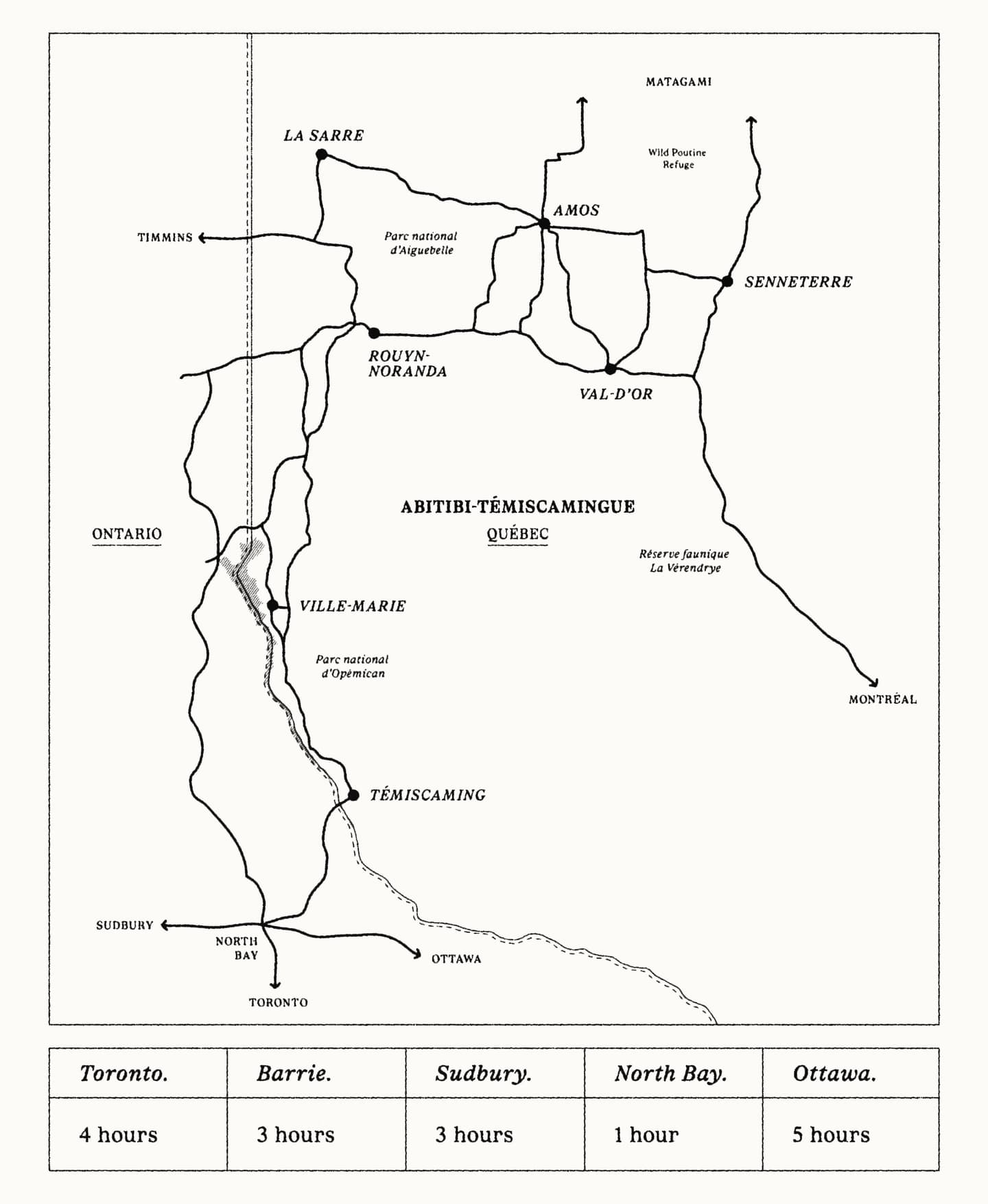
Dr. David DeValdorien is a distinguished anthropologist and researcher whose pioneering work has taken him to the farthest corners of the globe.
From the sweeping plains of Africa to the dense rainforests of South America, the jagged peaks of the Peruvian Andes, and the untamed wilderness of Abitibi-Témiscamingue, Dr. DeValdorien has dedicated his life to investigating the world’s most profound cultural questions and uncovering the mysteries of human civilization.
Holding a PhD in Anthropology, a bachelor of arts in humanities, and an undergraduate degree in sports administration from the esteemed l’Université d’Authier, Dr. DeValdorien’s diverse academic background informs his unique approach to anthropology.
His groundbreaking research has illuminated lost traditions, ancient rituals, and forgotten cultural narratives. Notably, Dr. DeValdorien is renowned for his fearless confrontation of some of history’s most contentious theories, including the dietary significance of regional French dialects in the invention of French fries, the rich lexicon of northern lakes, and the intriguing development of language among turtles in Québec.
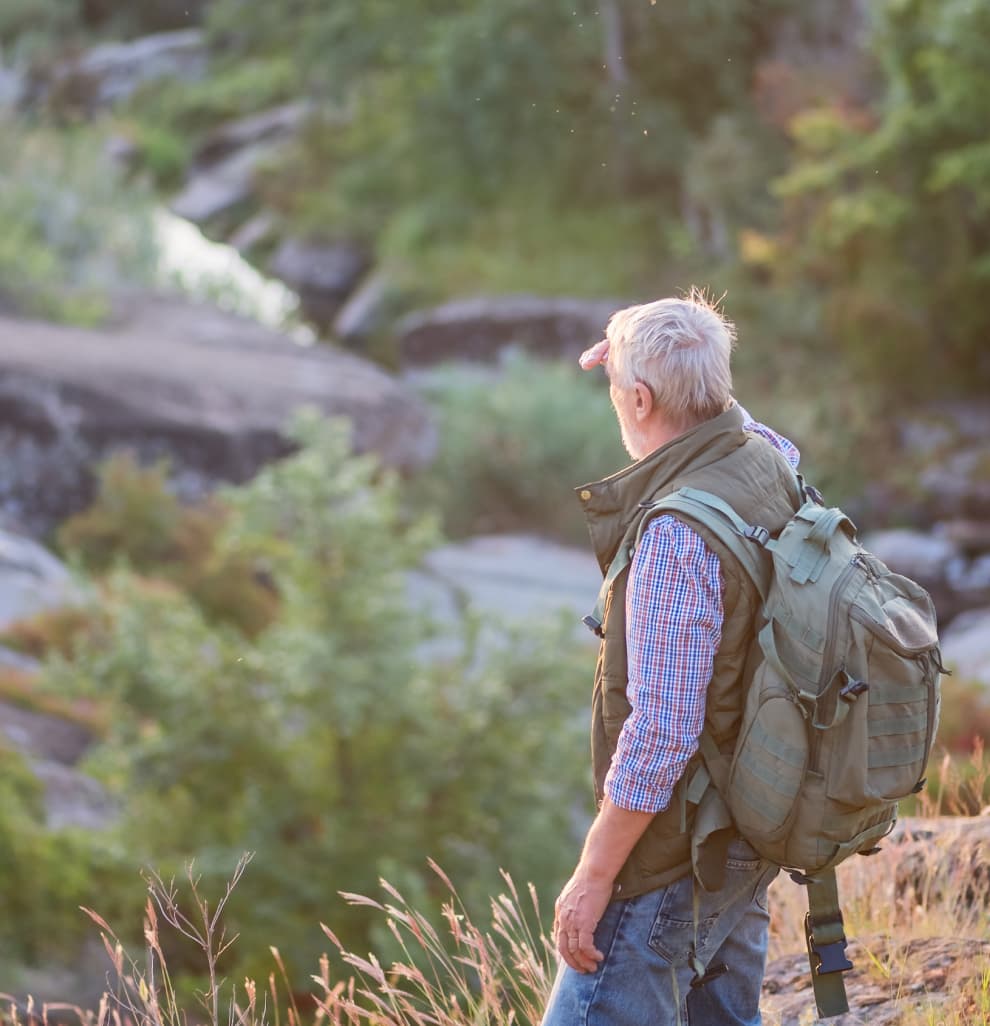
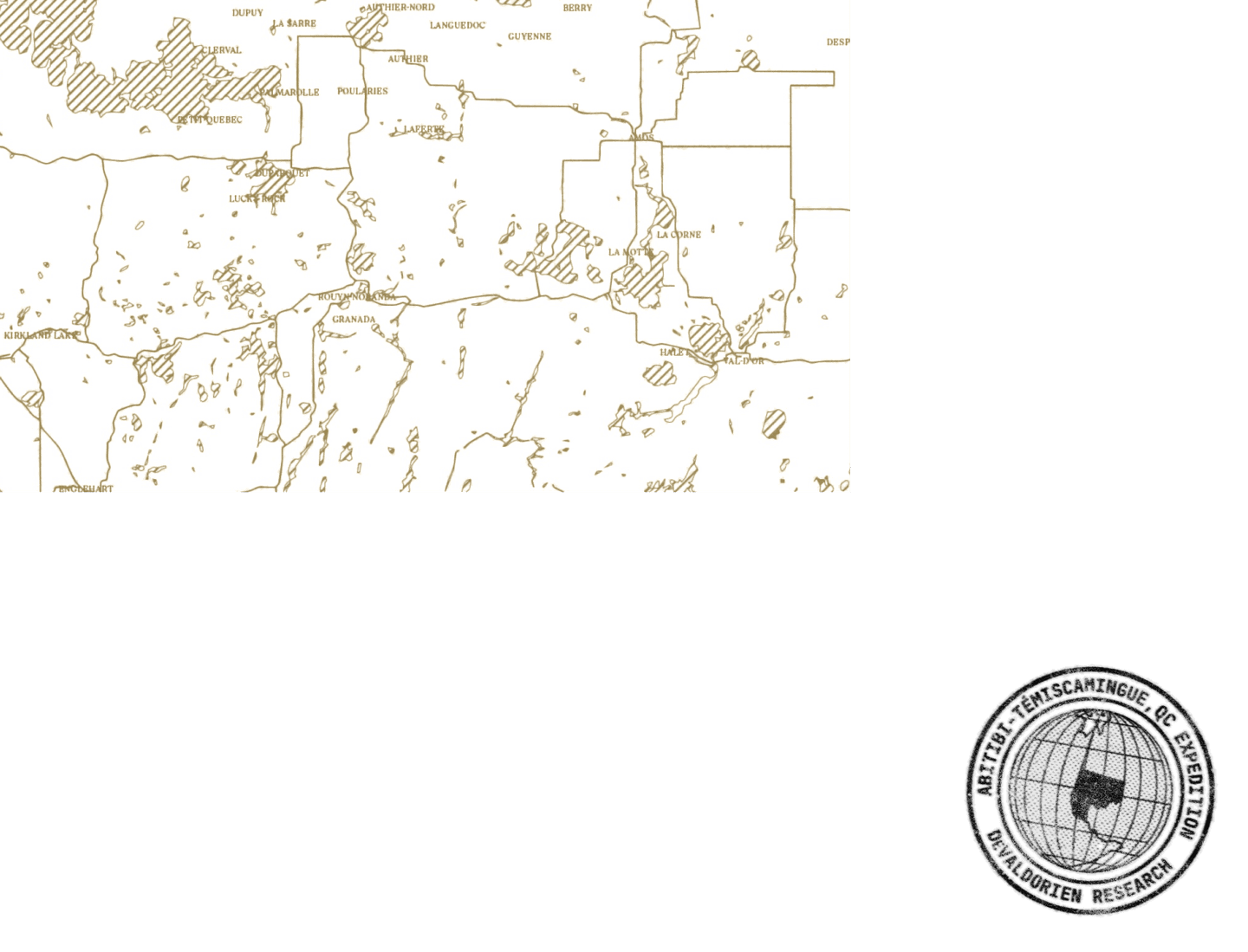
Dr. David DeValdorien. Close, but different field research trip to the Wild Poutine Refuge, Aug 25 2024, Abitibi-Témiscamingue.
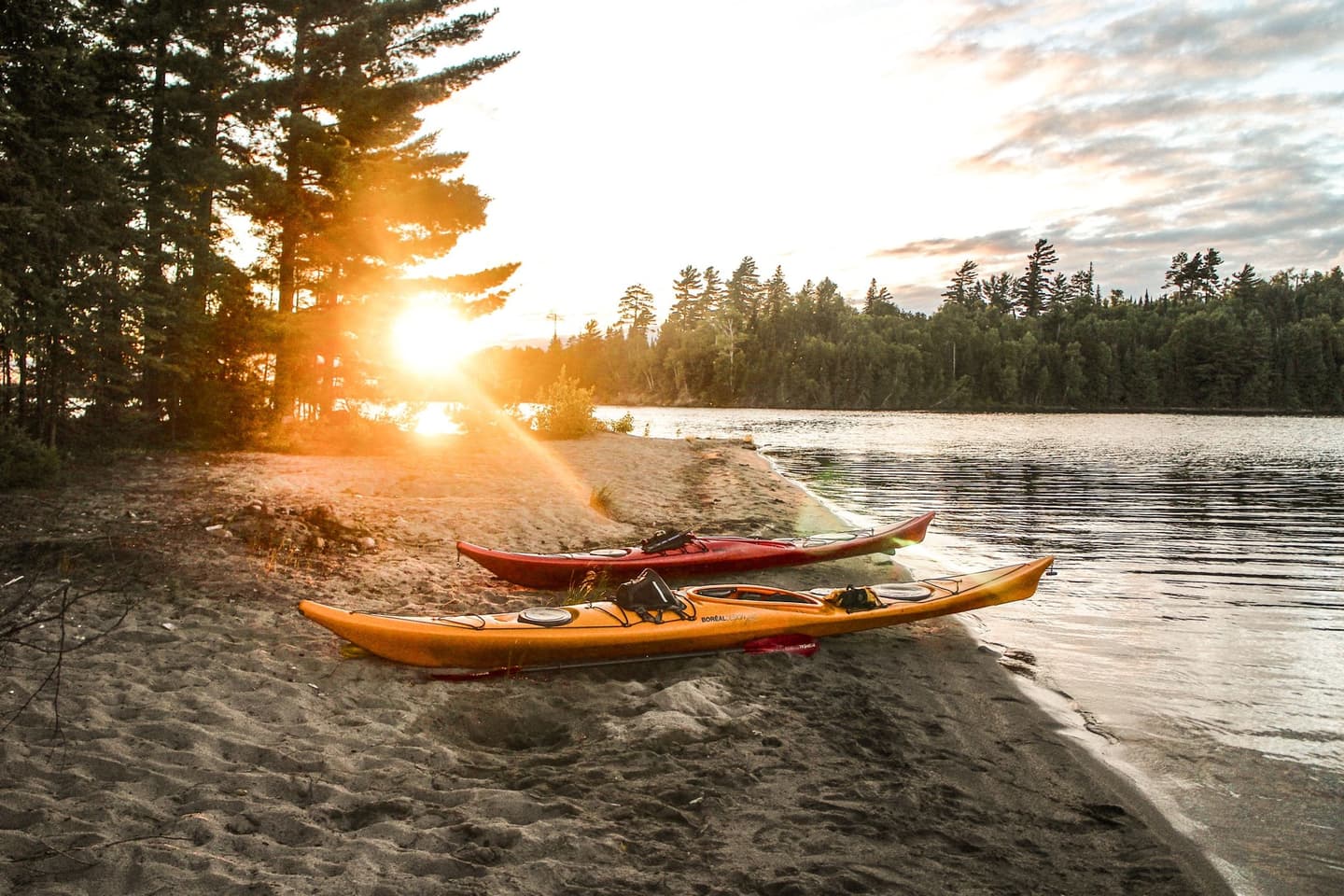

Ready to experience it for yourself?
The research is compelling, but no study can match the real thing. Whether you’re lost in the rhythm of a festival crowd, plunging into the depths of a quiet lake, or roaming landscapes that take your breath away, there’s only one way to truly understand what makes Abitibi-Témiscamingue close, but different.
Plan your trip today with Tourisme Abitibi-Témiscamingue, the masterminds behind this highly scientific (and completely serious) investigation.